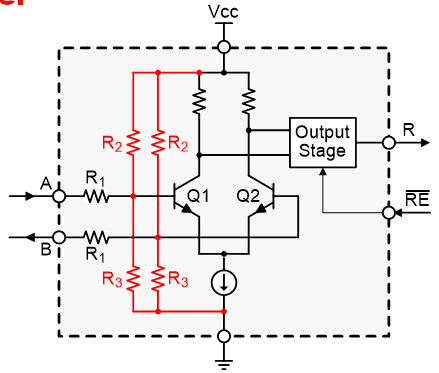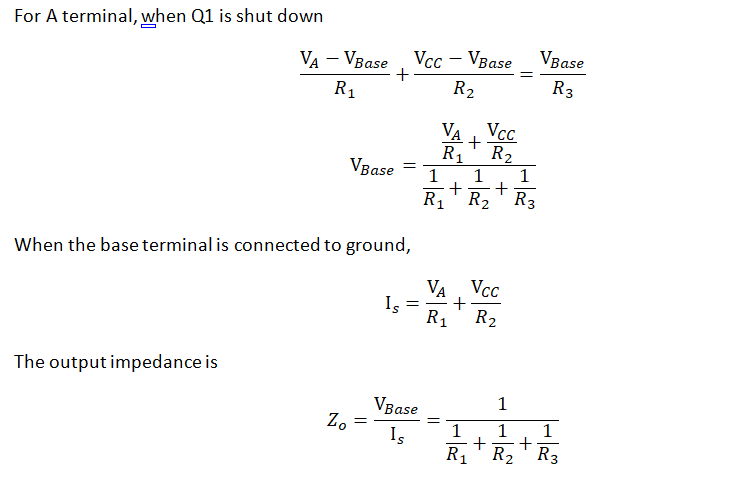Hi team,
How to analyze following circuit?
(1)This allows the comparator to evaluate the differential voltage between A and B without the need for a connection between the driver ground and receiver ground.
(2)R2 and R3 attenuate the voltages appearing at the A and B terminal, to ensure that the comparator inputs are not saturated.
Why? Could you please explain it using some formula? Thanks




